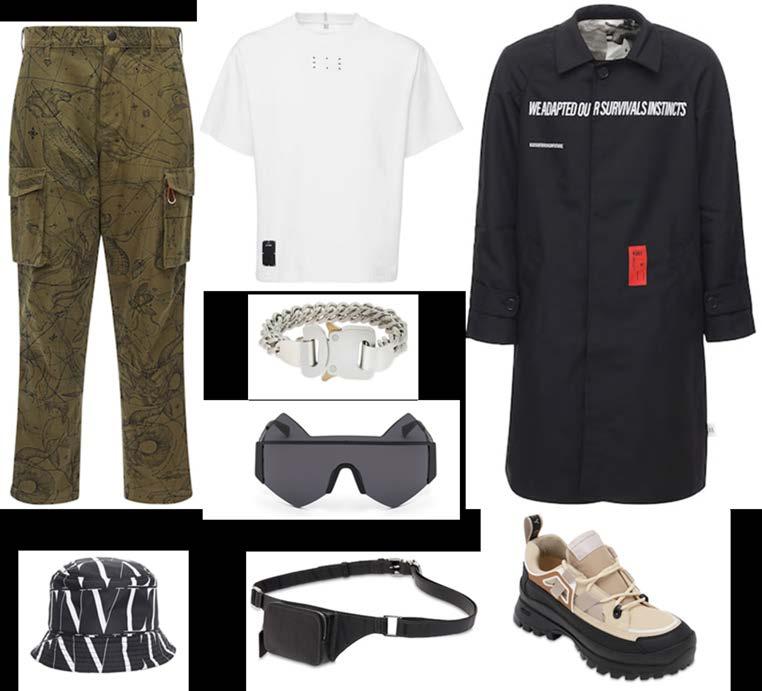
6 minute read
Trendy
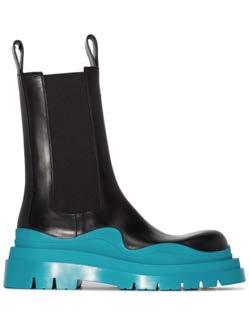
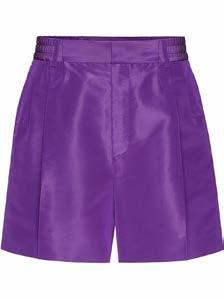
Advertisement



Individual Style Analysis
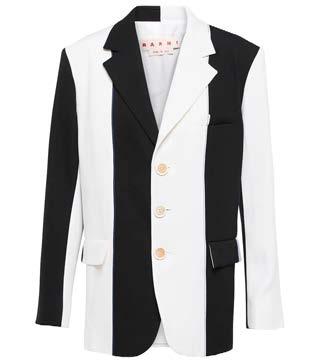
The person with a creative style is striking in originality and seems to spontaneously break any fashion rules, unafraid to mix different colors, fabrics, and moods. Their eclecticism can make them rock over-the-top outfits that seem to respond more to the mood of the moment than to the directions of fashion gurus.
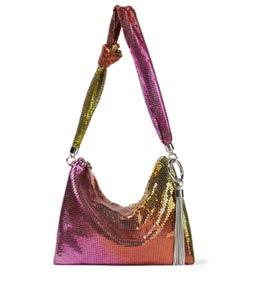
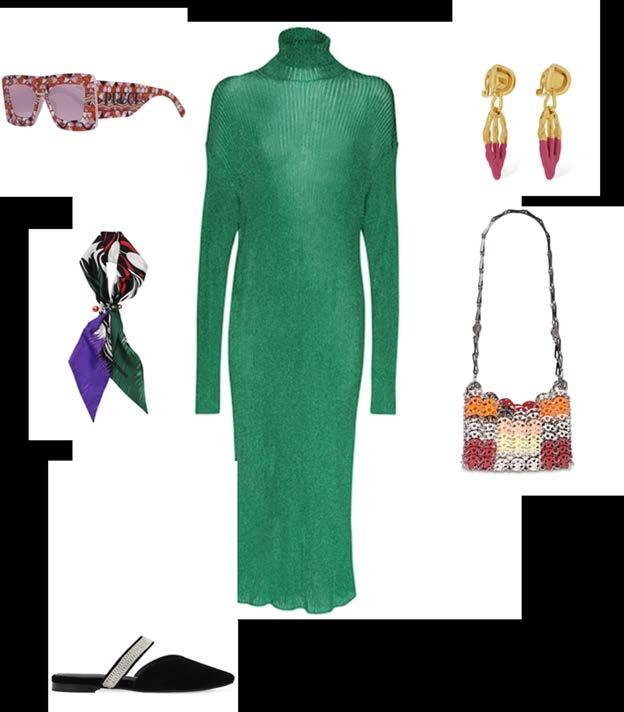
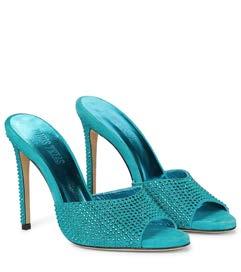
Analisi dello Stile Individuale
Creativo
Analisi dello Stile Individuale
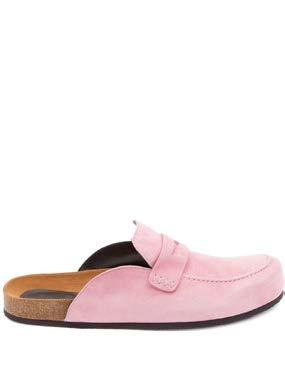
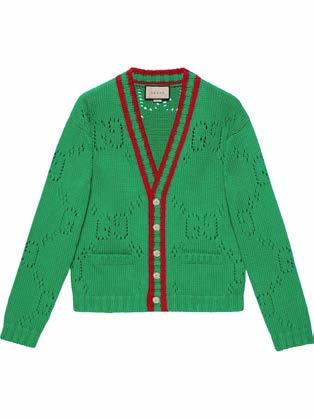


Creativo
The person with a dramatic style shows a strong and defined personality. Their elegance, with attention to the smallest details, is also striking and makes an impression through the choice of strong colors and contrasts or striking looks in total black or total white.
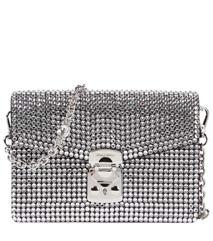
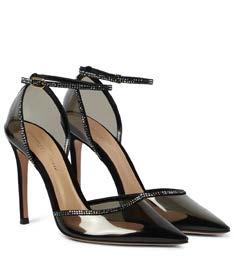
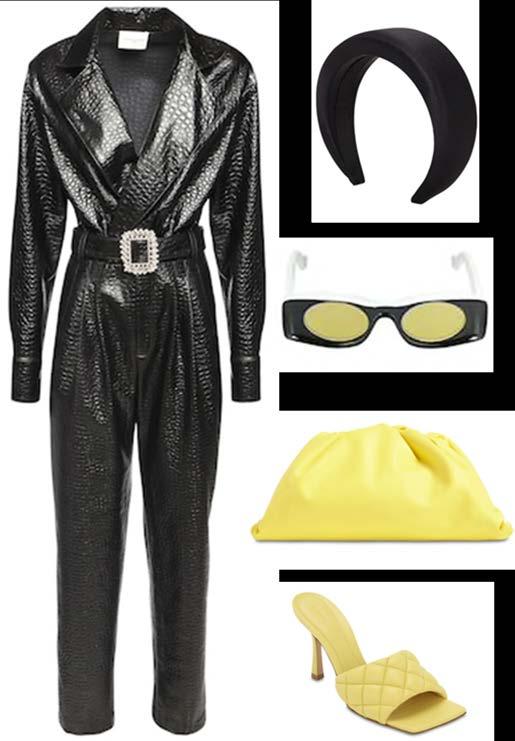
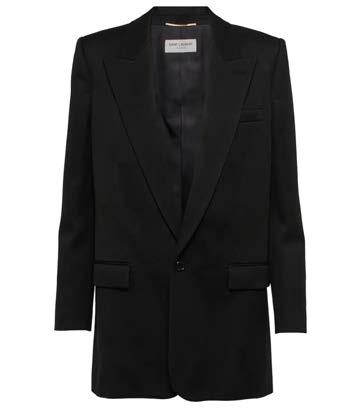
Individual Style Analysis
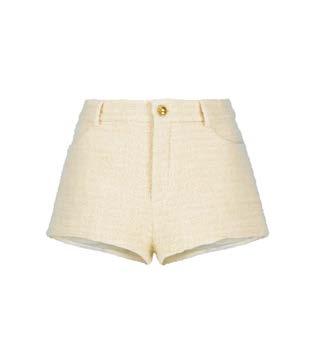

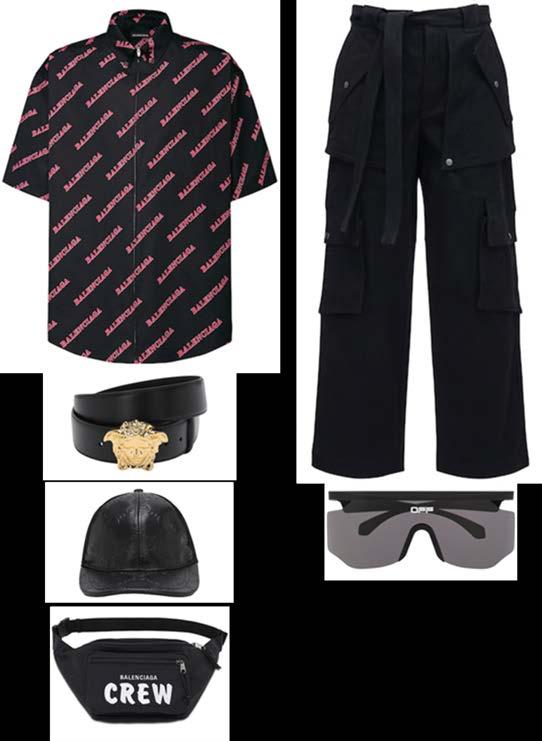
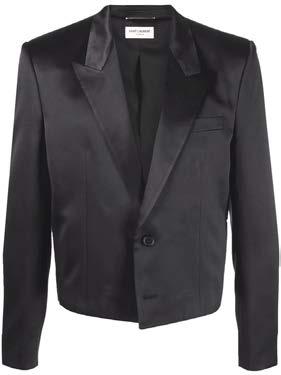
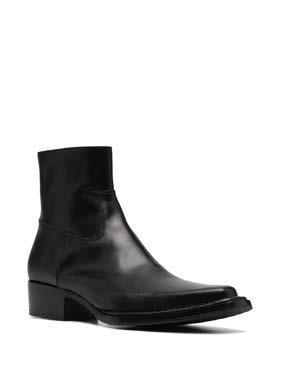
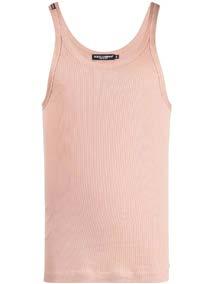
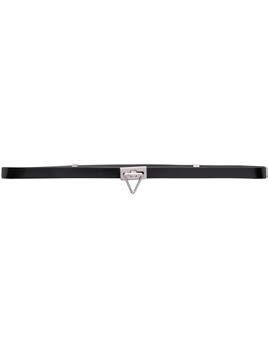
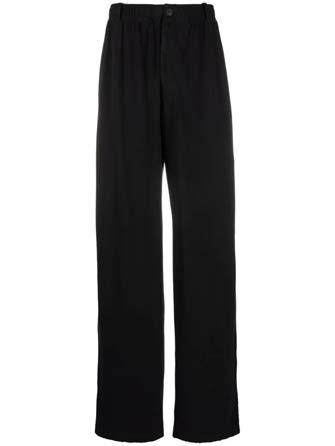





Each person may represent a mix of styles and sub-styles or adopt different styles depending on the context. While it is true that often these aesthetic choices are a real window into an individual's soul, capable of telling us much about their personality in a few moments, we must make sure that what we see before us is their authentic style. It is possible, in fact, that the clothes the client wears may only meet the needs of the moment. A person with a natural style, for example, may wear a classic suit for business needs. Make sure you have ask them all the information necessary to understand their real style, beyond appearances. Recognizing the client's style is crucial to researching the eyewear style that best suits their personality. For example, a regular-shaped tortoiseshell frame will be more suited to the style of a classic person, a pantos will enhance the romantic style devoted to vintage, and mirrored eyewear will instead become the must-have accessory in the wardrobe of those with a dramatic style. The possibilities are many and knowing what can be called the psychology of the accessory will help in selecting the most suitable frame.
Additionally, find out the sub-styles by analyzing in detail the visible or hidden details that reveal a love for an urban, cosmopolitan, sporty, chic or vintage style. Substyle is an aftertaste: like that of coffee, you can discover it only if you add the perception of suggestions to a precise technique.
Angelica's advice

Assessing the eye zone
The analysis of the eye zone is fundamental to the choice of glasses and must consider three aspects: the eyebrow arch, the shape and the distance between the eyes.
Eyebrow arch
The eyebrow arch can be
WELL-BALANCED rounded and very harmonious
ARCHED similar to an inverted round bracket
RISING EYEBROW gull-wing shaped
STRAIGHT like a flat segment
In order for the frame to look harmonious, it is important that the upper part follows or at least has the same eyebrow design.
If the eyebrows are not very pronounced, thickeness can be recreated with a prominent eyelash of the eyeglasses. Conversely, if they are quite thick, it is better to wear a frame with thin upper profiles.
In regular eyewear models, the eyebrows should be a few millimeters away from the frame.
Eye shape
Based on their shape we can distinguish four main types of eyes. To best advise your client, I will suggest which glasses best suit each of them.
Normal eyes
Due to their regularity, they can range between different models.
Almond eyes
To enhance them, it is useful to turn on the focus at the top of the temples with a cat eye shape or decorated detail to slender the eye and emphasize the look.
Round eyes
The goal is to follow them with a rounded shape or a bold thickness.
Narrow eyes
Regular, soft, rounded shapes help to enhance them better than rectangular ones, which would tend to make them look even smaller.
Distance between the eyes
The distance between the eyes especially influences the choice of frame bridge and is ideally measured by taking the eye itself as the unit of measurement.
Regular distance
When the space between the two eyes measures approximately as much as one eye, it goes well with any type of bridge.
Wide distance
When the space between one eye and the other is wider than the eye, it is preferable to opt for a key bridge or a black or brightly colored one.
Narrow distance
When the space between one eye and the other is less than one eye, a narrow bridge with an imperceptible, light-colored and discreet design can help creating the impression of a wider space between the eyes.
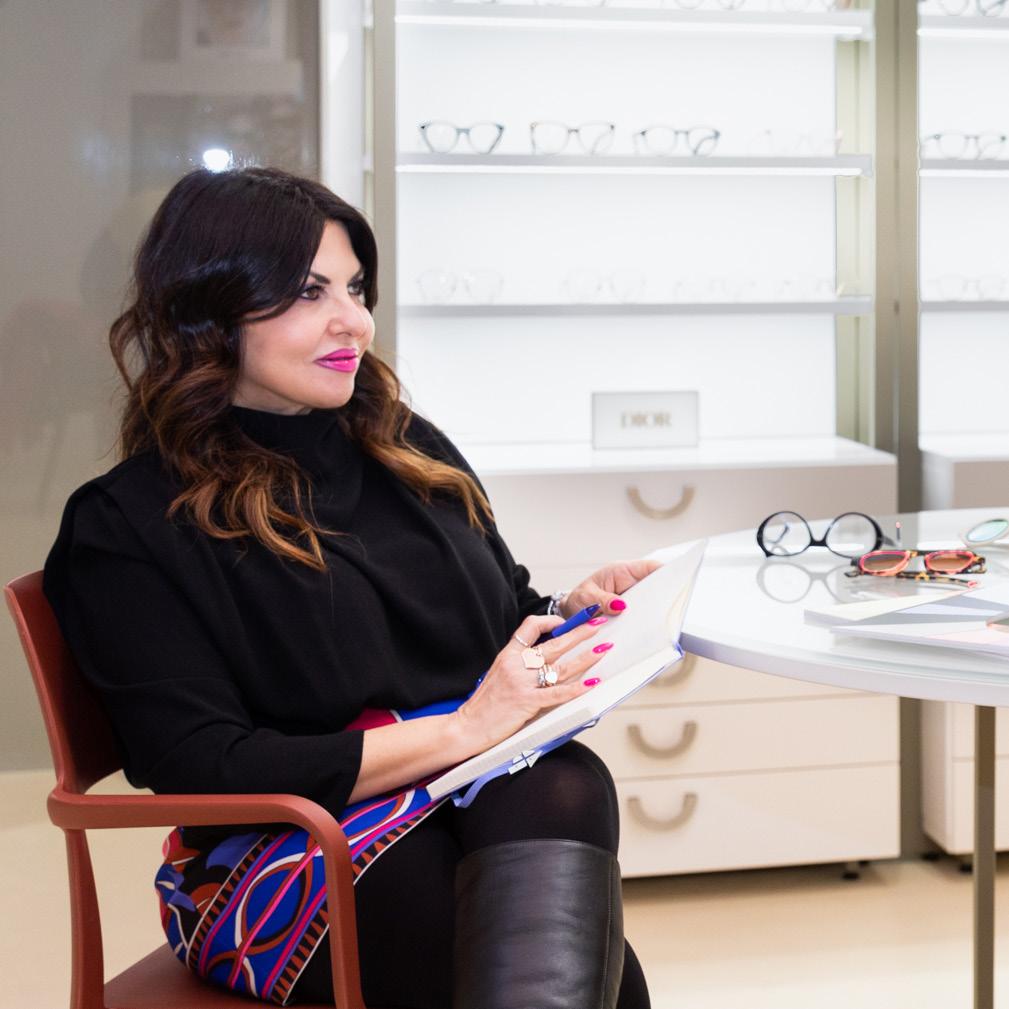
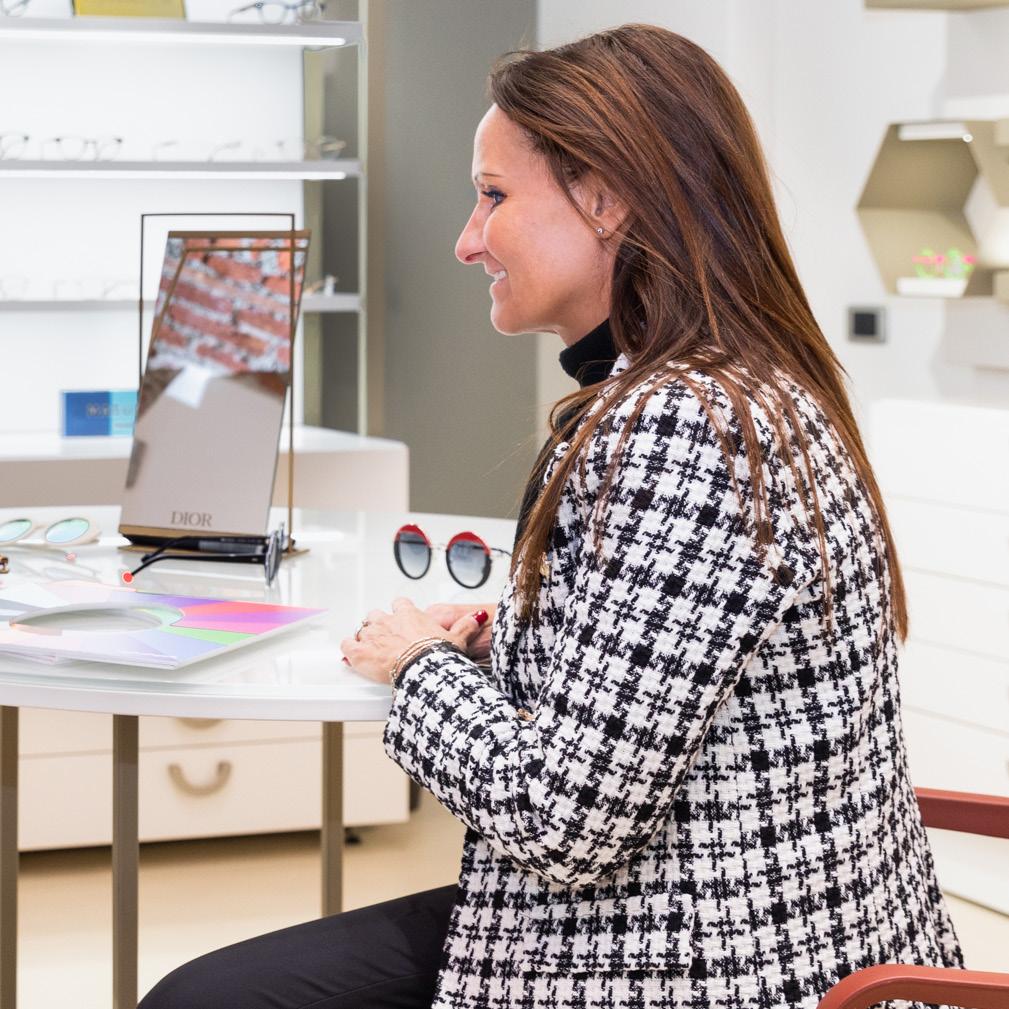
Identifying the shape of the face
However, we should not think that the choice of frames only affects the area around the eyes. Image consulting aims specifically at helping a person enhance their facial features and balance volumes, and in this, glasses can be great allies.
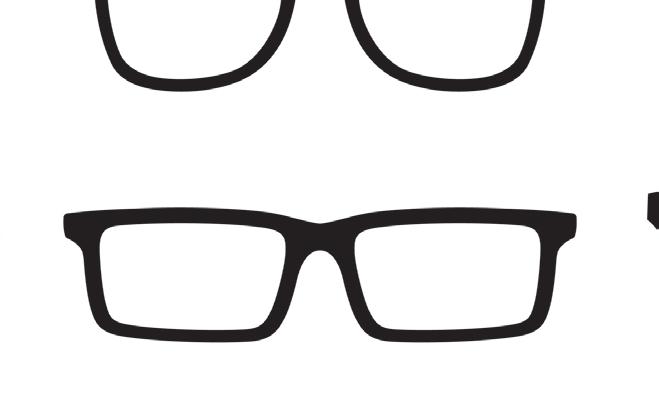
Based on the nine main face shapes, we can identify the models that are best suited.
Oval
With rounded cheeks and a slightly reduced chin and forehead compared to the central part of the face, the oval shape is the most versatile. Oversized frames go well with this type; round frames, which give a softness to the face; and straightedged, square frames, which give a resolute look.
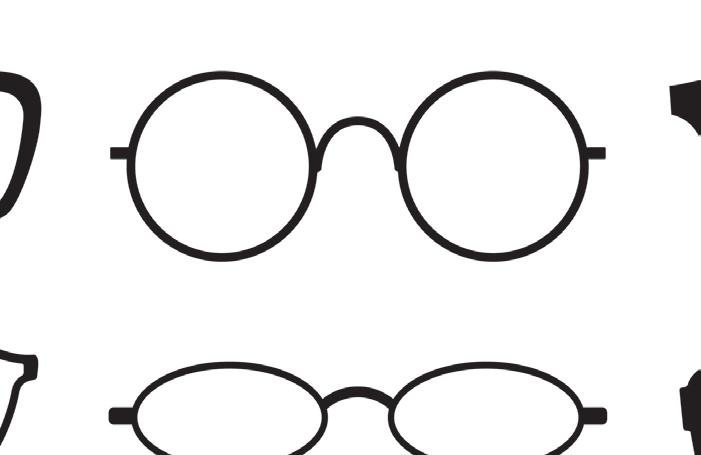
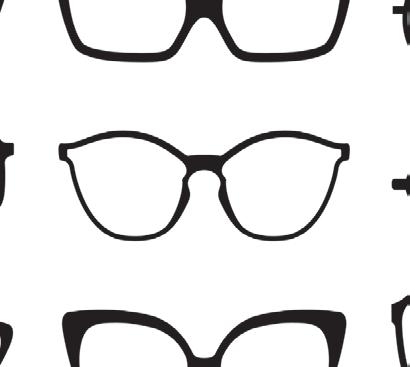
Round
If the face is characterized by full cheeks and draws an almost perfect circle, we are looking at a round face. Frames with square, angular shapes and slender, accentuated tips, rectangular frames in clear acetate, metal or titanium with thin, butterfly or cat-eye temples will help make such a face appear longer. Round lenses, on the other hand, which accentuate roundness and would end up giving a chubby appearance and should definitely be avoided.
Heart
The heart-shaped face is short and soft, with a slightly thinner chin than a round one. Rimless and semi rimless glasses are ideal for drawing attention to the top of a face characterized by pronounced cheekbones. So, a cat-eye and butterfly frames should be recommended, and also round frames that can enhance a particularly slender face.
Rectangular
A long, square face such as that defined as rectangular goes well with rounded frames and mask-shaped glasses with rounded corners. Square shapes are not recommended. Models with wide, brightly colored or decorated arms are preferred, to achieve the optical effect of shortening the face.
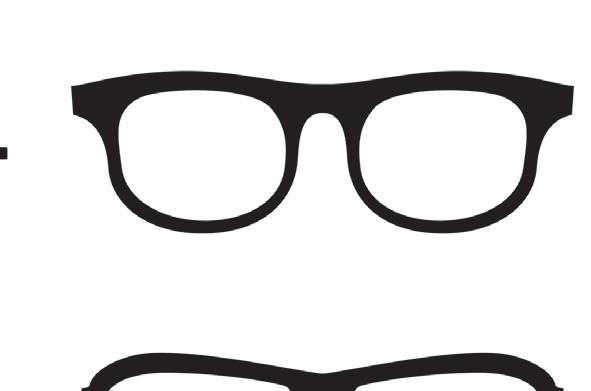
Square
The square face is characterized by a square jaw, generally the same width as the forehead and temples. Glasses with rounded corners are ideal for softening the strongly-defined features of this type. Therefore, it is best to avoid geometric and angular frames, which would have the effect of hardening the features too much, and to opt for round, teardrop or slightly cat-eye models made of lightweight materials and with thin temples.
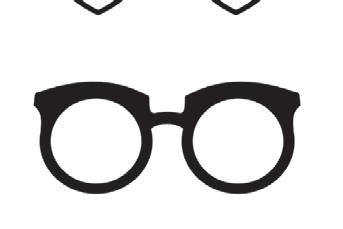
Oblong
The oblong face is characterized by its length and develops more on the vertical axis.
To balance the horizontal proportion, it is preferable to choose styles such as masks, goggles and pantos with wide temples, leaving room for imagination with bright colors, patterns and thick materials. Rimless eyewear, which would further elongate the face, is not recommended unless it has tinted lenses.
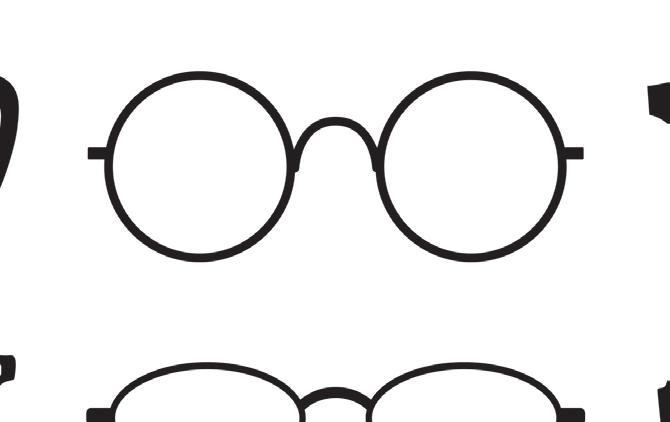
Triangle
The triangular face shape starts with a narrow forehead and ends with a wide jawline. To rebalance the upper part of the face, therefore, it is appropriate to opt for very wide frames. The ideal is to adopt regular and discreet types, such as rimless, semi rimless or models in transparent acetate or light materials and soft colors. Decorative elements on the front of the glasses can help widen the upper part of the face.
Inverted triangle
A long, square face with a very thin chin and rather wide temple area is called an reverse triangle. In this case, all particularly regular, oval or rounded shapes are perfect for rebalancing aesthetic harmony. Rimless, semi rimless frames in light materials and soft colors are also recommended. Teardrop designs, however, are to be avoided, as they would further highlight the narrow chin.
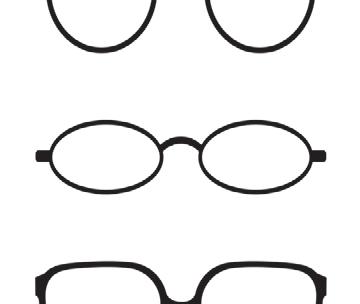
Diamond
The diamond or rhomboid face has the same characteristics as an oval face, but with more pronounced cheekbones and an elongated chin. Oval or squareshaped frames, but with rounded corners, preferably with tall lenses, enhance this type. While square ones can be valued only if they do not look badly balanced against the cheekbones. Better to opt for glasses with less dark colors and resort to decorations on the top to increase the volumes of the frontal area.
Oval, round and heart-shaped faces are soft, while all others are squared.
The main rule to follow is that of contrast: soft shapes enhance square faces, and square shapes go better with soft faces, just as with matching accessories such as jewelry.
It is recommended to choose a wide or decorated rod for regular faces, such as the oval, or for long faces, such as the rectangular or oblong face.
How to quickly tell if the frame is balanced to the shape of the face? Glasses should ideally divide its shape into two equal parts. The face is divided into three horizontal bands: the first goes from the hairline to the eyebrow, the second from the eyebrow to the tip of the nose, and the third from the tip of the nose to the chin. The more regular the proportions, the wider the choice of frames.









